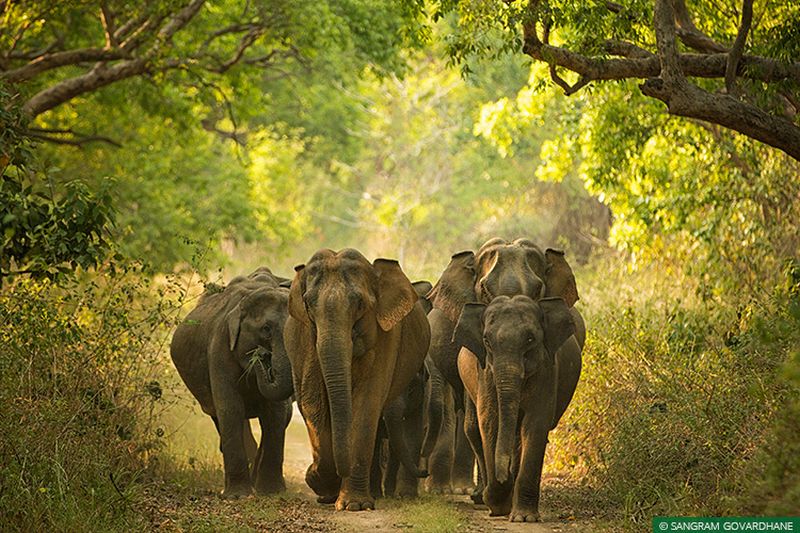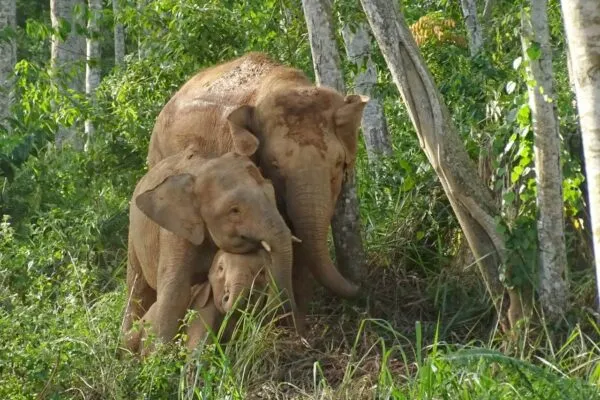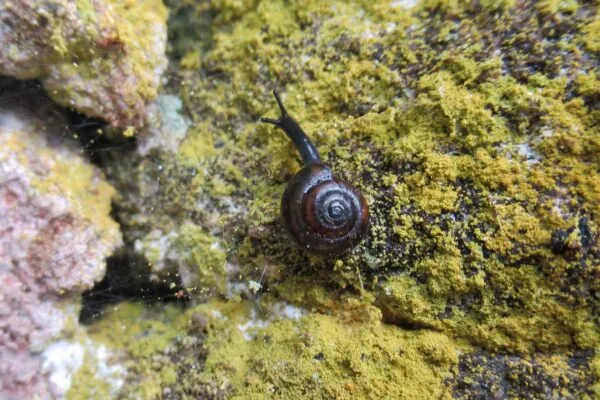New Standard Operating Procedure to Deal with Elephant Anthrax Deaths in India
The Indian Ministry of Environment, Forest and Climate Change (MoEFCC) has released a Standard Operating Procedure (SOP) to deal with anthrax deaths in elephants. Sporadic deaths of wild elephants due to anthrax prompted the government to establish new guidelines.
Recently, a four-year-old elephant was suspected to have died due to anthrax in Sambalpur, Odisha. Apparently, a post-mortem was conducted on the carcass before it was buried.
However, the latest guidelines instruct against burying of carcass suspected with anthrax. The SOP cautioned that while dealing cases of anthrax-infected/suspected animals, the “carcass should be burnt completely and under no circumstances be buried” to prevent further spread of the disease.
The new procedure aims at preventing an outbreak of the infection among captive or wild elephants and other wildlife.

Image: Sangram Govardhane/ WTI
Anthrax is an “acute widespread infectious disease” that occurs throughout the globe and is primarily found in herbivorous animals. Elephants, horses, pigs, and cattle may get infected and humans can get the infection through infected cattle. The disease is found in all parts of the world, India being no exception. Some Indian districts are even considered as anthrax districts (anthrax belts).
Cases of anthrax are usually found in the southern part of the country. In the past years, the anthrax cases have been reported from Andhra Pradesh, Jammu and Kashmir, Tamil Nadu, Odisha and Karnataka.
Anthrax outbreak is very dangerous situation as it can quickly affect other animals as well. In October 2019, over 100 elephants died in Botswana due to a suspected anthrax outbreak.
The Project Elephant division of MoEFCC developed the SOP to deal with the anthrax threats posed to elephants and other wildlife populations in the country. The ministry formed an expert committee in August 2017 to suggest ways to deal with anthrax cases.
After consulting veterinary experts and the National Tiger Conservation Authority (NTCA) for finalizing the SOP.
Also Read: Construction of Proposed Airport in Jharkhand Deferred to Protect Elephant Corridor
The final SOP was sent by the MoEFCC to all states on December 31, 2019 to ensure that “the carcasses of elephants suspected/diagnosed with anthrax are disposed-off in a scientific as well as the transparent manner to prevent any spread of anthrax to other wildlife populations”.
In accordance with the Wildlife (Protection) Act, 1972, the overall authority responsible at the state level under the SOP’s provisions will be the chief wildlife warden. Field directors in case of tiger reserves, protected area managers in case of national parks or wildlife sanctuaries and wildlife wardens or divisional forest officers would be responsible.
The new guidelines call for completely burning the carcasses of animals in all anthrax/suspected anthrax cases to prevent its further spread. It stated that to prevent damage and rupture of carcasses due to dragging or lifting by the machinery and escape of vegetative spores, carcasses should be burned at the site of death to minimise the contamination.
The officials are advised to carefully examine the external signs like bleeding from natural orifices, excessive bloating and rapid decomposition of the carcass. The SOP clarified that such signs “may be detected/externally noted in the case of other diseases and conditions as well” and therefore, as a general precaution, carcasses should not be opened up if any of these external signs are observed.
Area up to a radius of 50 metres around the carcass should be sanitised using a flame gun. Further, an area up to 50 metres around the carcass should be fenced off using appropriate material for a period of six months.
read the SOP.
The new guidelines may be helpful to prevent an anthrax outbreak and affect a larger number of animals.
Via: Mongabay


